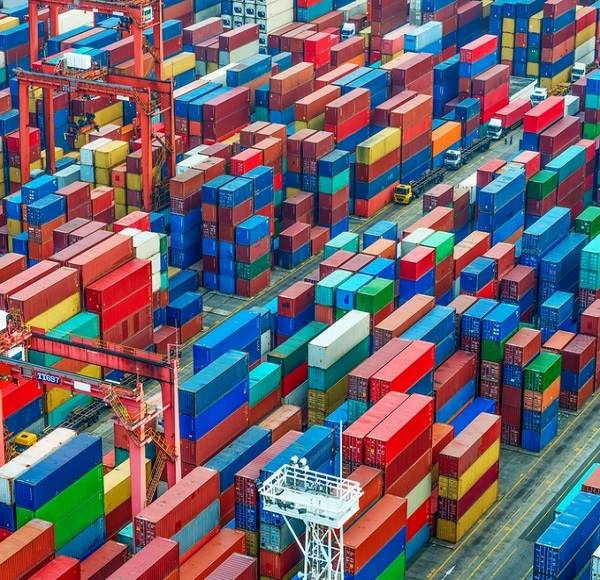A University of Oxford study has found that offering green ammonia at just 10 regional fuel ports could decarbonise 60 per cent of shipping. It concluded that the fuel could be a viable option for decarbonising international shipping.
Shipping is considered a hard-to-abate sector. Ninety per cent of the world’s physical goods are transported by ships that burn heavy fuel oil, accounting for nearly three per cent of global greenhouse gases. However, the International Maritime Organisation has committed to decarbonising, upping its ambitions last year to reaching net zero emissions by 2050.
Green ammonia is a fuel made through a 100 per cent renewable and zero-carbon processes, such as combining hydrogen from water electrolysis and nitrogen separated from the air through a renewables-powered Haber process. It has been proposed as an alternative fuel source for the shipping industry, although there has long been uncertainty about how and where to invest to create the infrastructure necessary for delivering an efficient, viable fuel supply chain.
“Shipping is one of the most challenging sectors to decarbonise because of the need for fuel with high energy density and the difficulty of coordinating different groups to produce, utilise and finance alternative [green] fuel supplies,” said Professor René Bañares-Alcántara, an expert in chemical engineering at Oxford’s Department of Engineering Science.
Bañares-Alcántara and his team developed a model to create feasible scenarios for establishing a global green ammonia fuel supply chain. It combines a fuel demand model, future trade scenarios, and a spatial optimisation model for green ammonia production, storage and transport, guiding the researchers towards the best sites to meet future demand for shipping fuel.
Considering more than 1,000 ports, they found large demand inequality between them. This means that by targeting the largest ports first, a substantial amount of shipping can be decarbonised.
“The implications of this work are striking,” said Bañares-Alcántara. “Under the proposed model, current dependence upon oil-producing nations would be replaced by a more regionalised industry; green ammonia would be produced near the equator in countries with abundant land and high solar potential, then transported to regional centres of shipping fuel demand.”
An investment of around $2tn (£1.6tn) would be required to transition to a green ammonia fuel supply chain by 2050, primarily to support the establishment of supply chain infrastructure. The greatest investments would be required in Australia (to supply the Asian markets), with large production clusters also in Chile (to supply South America), California (to supply the western US), north-west Africa (to supply Europe), and the southern Arabia peninsula (to meet local and south Asian demand).
Source: E&T










